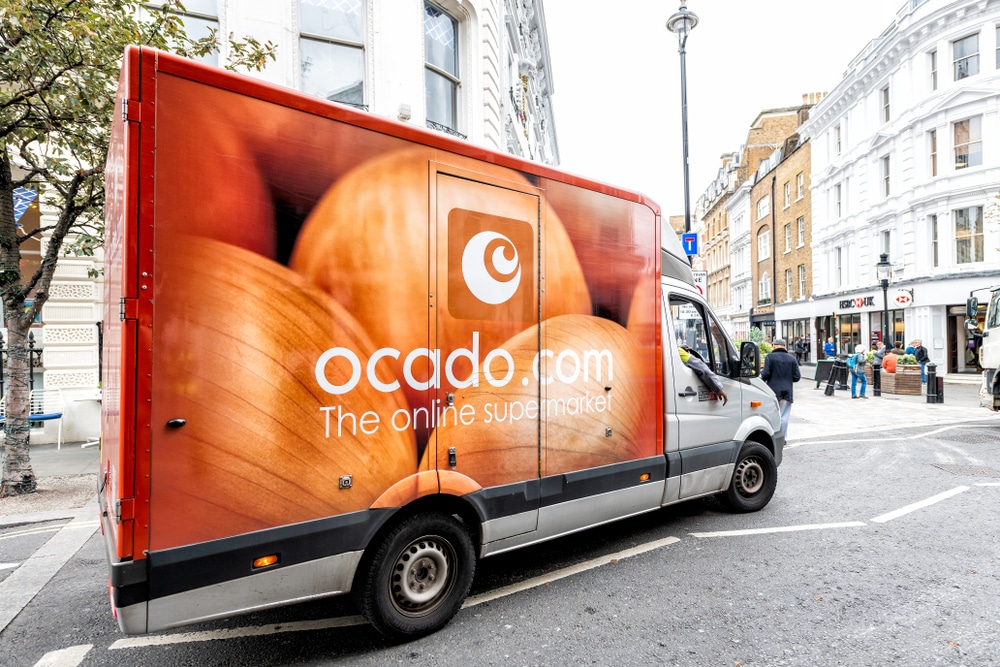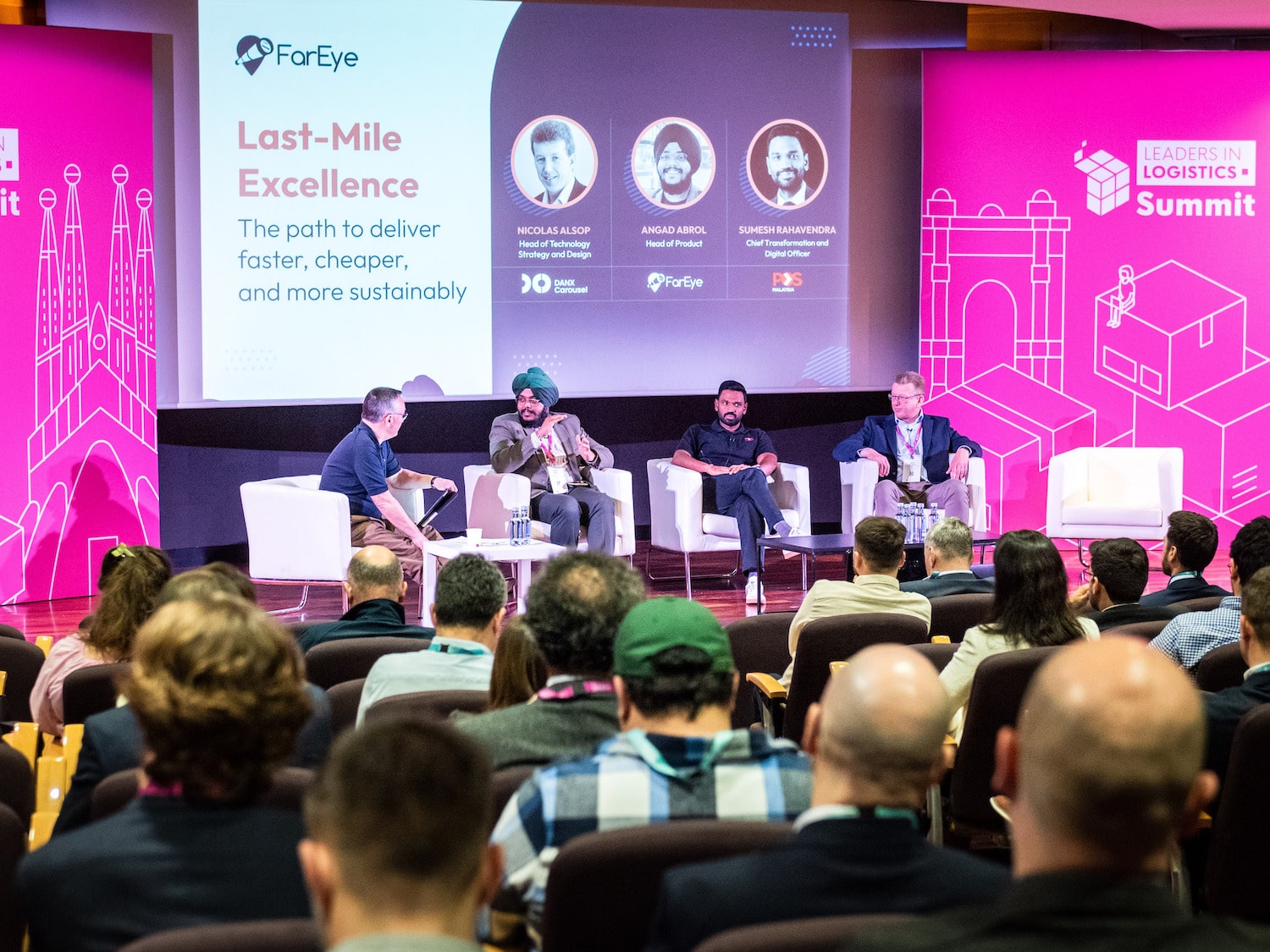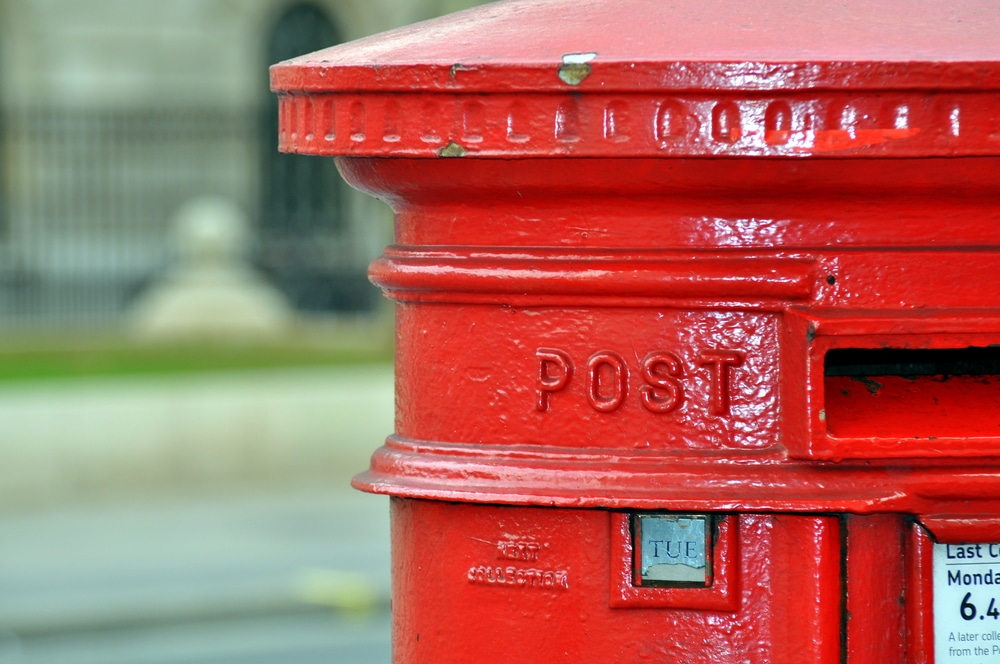Insight / Blog
Ocado vs primary school highlights urban delivery struggle

This week, Retail Week (£) ran a great story featuring a primary school parent group protesting the decision by Ocado to locate a new urban delivery refuelling depot next door to a primary school in Islington.
This is not uncommon, but as the article notes, there’s a certain irony in the fact that Islington is one of London’s richest boroughs and the high Ocado order volumes in the area will have been a key factor in choosing the site.
Conflicting interests
With urban last-mile deliveries rising and increased demand for next and same-day services (like Ocado’s ‘Zoom’ proposition), there’s all kinds of activity around new urban depots, distribution centres, storage locations or so-called dark stores. Whether that’s BlackRock betting €8 billion on Mileway, their European urban warehousing investment vehicle, or Darkstore, a well-funded US business offering inner-city warehouse space for 1-hour delivery and same-day deliveries, there’s a ton of investment in the concept. The question remains, though: how will these small urban locations fit into the last-mile ecosystem, and how can they avoid exacerbating many of the issues we already associated with ecommerce delivery?
Cities are mostly at their limits when it comes to traffic. 56% of UK adults say congestion is a serious or very serious problem and according to Inrix data there are 15 cities in the UK where commuters lose over 100 hours per year to congestion. Urban last-mile deliveries are set to rise 78% by the end of this decade.
Adding new last-mile trips to these dark stores (and getting the parcels to them in the first place) seems to run counter to the objectives of many city halls, who want fewer delivery vehicles in their city centres, not more.
We want all the delivery options and none of the infrastructure
It’s a real problem for delivery companies however, who must figure out how to manage our conflicting consumer desires for ever faster deliveries without any of those nasty delivery depots in our area.
In the words of Charlie Shiels, CEO of ArrowXL quoted in the Retail Week piece: “We’ve opened Pandora’s box. People want items delivered to their house and we have to find a way to do that to a high standard and as cost-effectively as possible.
Everyone wants home delivery, and everyone applauds and encourages better and faster home delivery, but the infrastructure required for it is unwanted. It’s a bit of a perfect storm, but we have to find a solution. You can’t have one without the other. You can’t have deliveries without the infrastructure.”
The solution will be tricky, but it seems that at the moment delivery companies are insistent on simply moving their existing infrastructure into city centres without much adaptation to the environment. To succeed and be accepted by consumers, residents and city politicians, it seems likely that this model will have to adapt to the nature of cities, which don’t always allow for the same approach as a big out-of-town DC does.
Using Delivery-as-a-Service to deliver in urban areas
In the US, retailers like Target, Banana Republic and American Apparel are using Delivery-as-a-Service platforms like PostMates and Shipt to offer free same-day delivery to customers who live within 4-5 miles of their stores. These platforms use an app in a similar vein to Deliveroo or Uber, connecting a rider or driver to the customer’s order and bringing it from the store to their address. Using store estates and delivery platforms this way could negate the need for the kind of infrastructure that is causing Ocado and Islington residents such problems.
The other obvious solution – which already has great traction in the UK and even more abroad – is to change the customer mindset away from having home delivery as a default delivery location. Without wanting to sound like a broken record, if retailers and carriers want to do same day delivery in inner city locations, they could try to push both pick up services a lot harder. Whether it be in-store click-and-collect (i.e. a Next customer picking up in a Next store) or PUDO (i.e. a customer picking up in a parcel shop), both offer the ability to deliver multiple items in one delivery without the risk of delivery failure. These factors alone offer a way to do same day delivery at scale across massive urban areas, which ensuring the service remains affordable for consumers.
Topics:
Related articles
Return fees or free returns: why not both?
Debates between return fees or free returns miss the bigger picture: how to address the root issues of returns.
Important lessons from Leaders in Logistics 2024
Leaders in Logistics 24 dived into AI & automation, sustainability, changing ecommerce behaviours, emerging consumer expectations & predicted what the next decade had in store.
Postal results, reforms, and returns
Posts around the world are seeking reform, but how can they drive improved results in the short term?












